It is at the brink of chaos and order that our brain achieves a state of consciousness. Now, apply that sentiment to a good runway show and you get equal parts of design and performance. But after watching Marc Jacobs’ Fall 2020 show, I reckon that it is through our mind’s ability to create order out of chaos that we’re able to recognize we are alive. It is perhaps the scientific answer of what makes a runway show thrilling, powerful, exciting – memorable.
NYFW’s closing event looped fashion, time, and memory in an ongoing illusion of movement. For the opening act, famed 80s punk ballerina, and the show’s choreographer, Karole Armitage approached center stage inside Park Avenue Armory. In front of an unbeknownst public, the Armitage stroke into motion and cued Anton Bagatov’s “Orchestral Rehearsal.”
Dancers performing a choreography by acclaimed ‘Punk Ballerina’ Karole Armitage.
Sat around bistro tables, attendees submerged in an unfamiliar face-off between fashion and showmanship in what looked like a Depression-era dance marathon. Inspired by his “heroes of the past and present in the style of various stages, ages, and times,” Jacobs congregated an ensemble of more than 100 models and dancers, all dressed in his designs. As per his notes this season, the designer cerebrated “chaos and form by conjuring the outermost expressions of our innermost feelings.“
The ample space in between the characters (models and dancers) during the early moments of the performance allowed us to perceive the geometrical path they followed mirroring a controlled version of chaos. Contrary to disorder, the fusion of order and chaos creates a balance between reliability and exploration.
Bella Hadid for Marc Jacobs’ Ready-to-Wear collection at NYFW.
“Karole's choreography brings the culture influencers of today into conversation with a past New York I will forever love, not for longing of time passed, but for moments that are timeless in reference,” the notes read. Indeed, the New York designer referenced his life, career, and fellow fashion designers throughout his collection, most notably (as is tradition) Stephen Sprouse, via models dressed in mini-dresses with matching or contrasting coats, scarves, shoes, and tights. Jacobs also paid homage to pop culture icons, past and present, like Jackie Kennedy channeled by Bella Hadid (with long white gloves, bouffant style hair, diamond necklace and black evening gown), while Millennial pop renegade Miley Cyrus herself walked the runway.
Following the soft lines and saturated pastel hues of the opening looks were different groupings in neutral tones, occasional bright accents and easygoing prints. What varied throughout the collection were texture (fur, lace, silk), shape (A-line, tailored, form fitting), and dress period (60s through 90s). There was a grounding storyline in the collection that nods to certain eras, and yet, each model – and dancer, for that matter – embodied a different persona.
Makeup and hair remained minimal but highlighted that despite radical changes in culture, red lipstick and black eyeliner remains constant in women’s collections, “With those two items, no one can look the same,” said Pat McGrath backstage. “When you think about the black eyeliner and red lipstick, you think of all time periods: present, past, future. It’s everything isn’t it?” The possibilities were endless from delicate, long flicks to thick, graphic black wings and perfectly lined lips to subtle stained pouts. As for hair, Guido Palau played around accessories like scarves, hats, and headbands.
By the latter part of the performance, the flabbergasted public was already part of the show as dancers convoluted, punched, twisted, dragged each other and ran past unconcerned models and then in between the small round tables. Some dancers streamed almost impulsively from one end to the other, others moved with rigorous intent and sudden changes in direction lacking in fluency. The growing tension through sound and complex dynamics in movement structured an eerie atmosphere inside the venue. It might’ve seemed that amidst all the chaos, it was the proximity to a fantasized reality that ultimately drew us in.
From a biological standpoint, during such critical state our hippocampus is triggered. Chaos maps these unfixed, random experiences as neuronal payoff, drawing us in and inviting us to take action. Marc Jacobs’ runway show speaks to the interplay between fashion and art, exclusive of lavish locations, grandiose sets, or quick commercial wins.




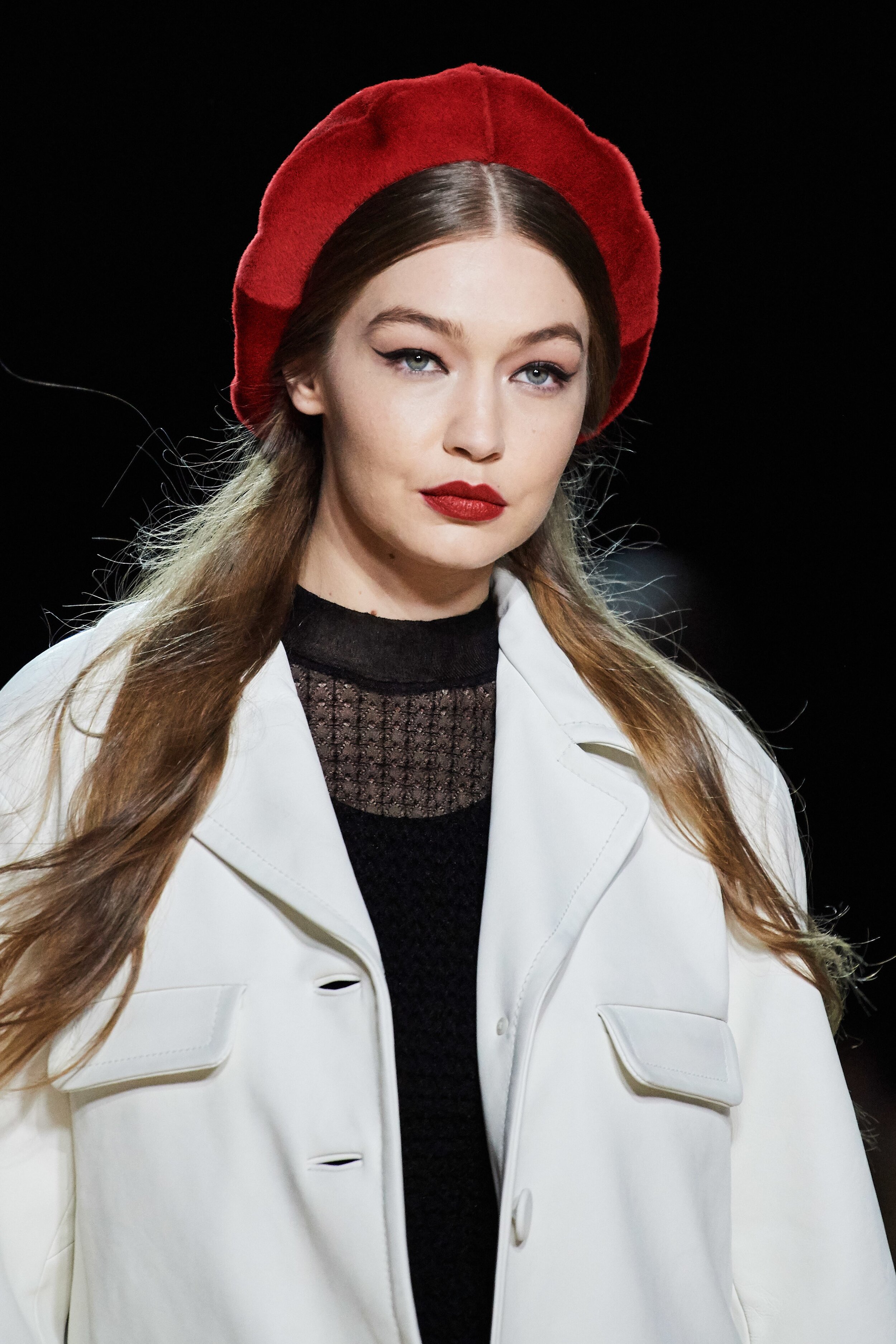
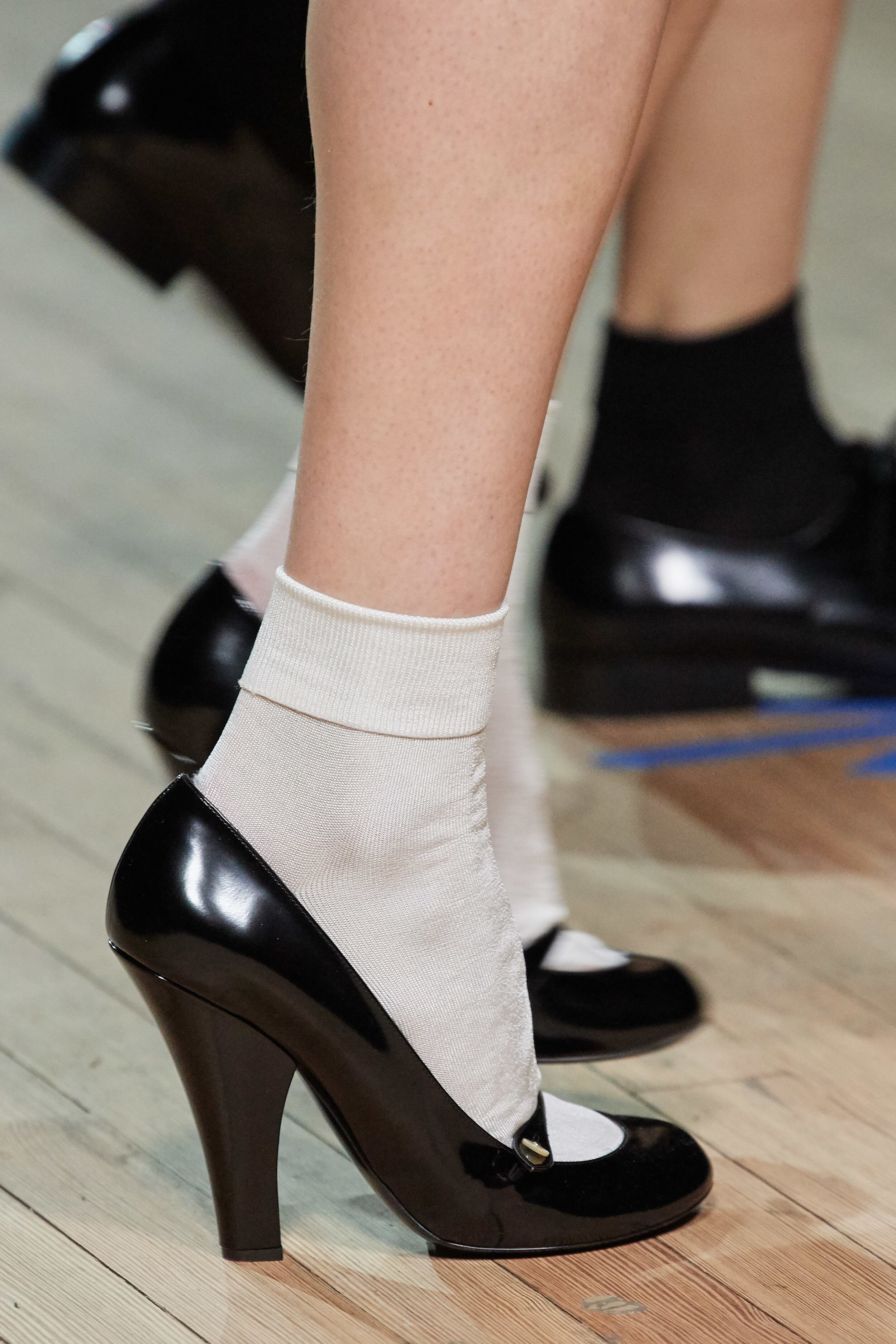
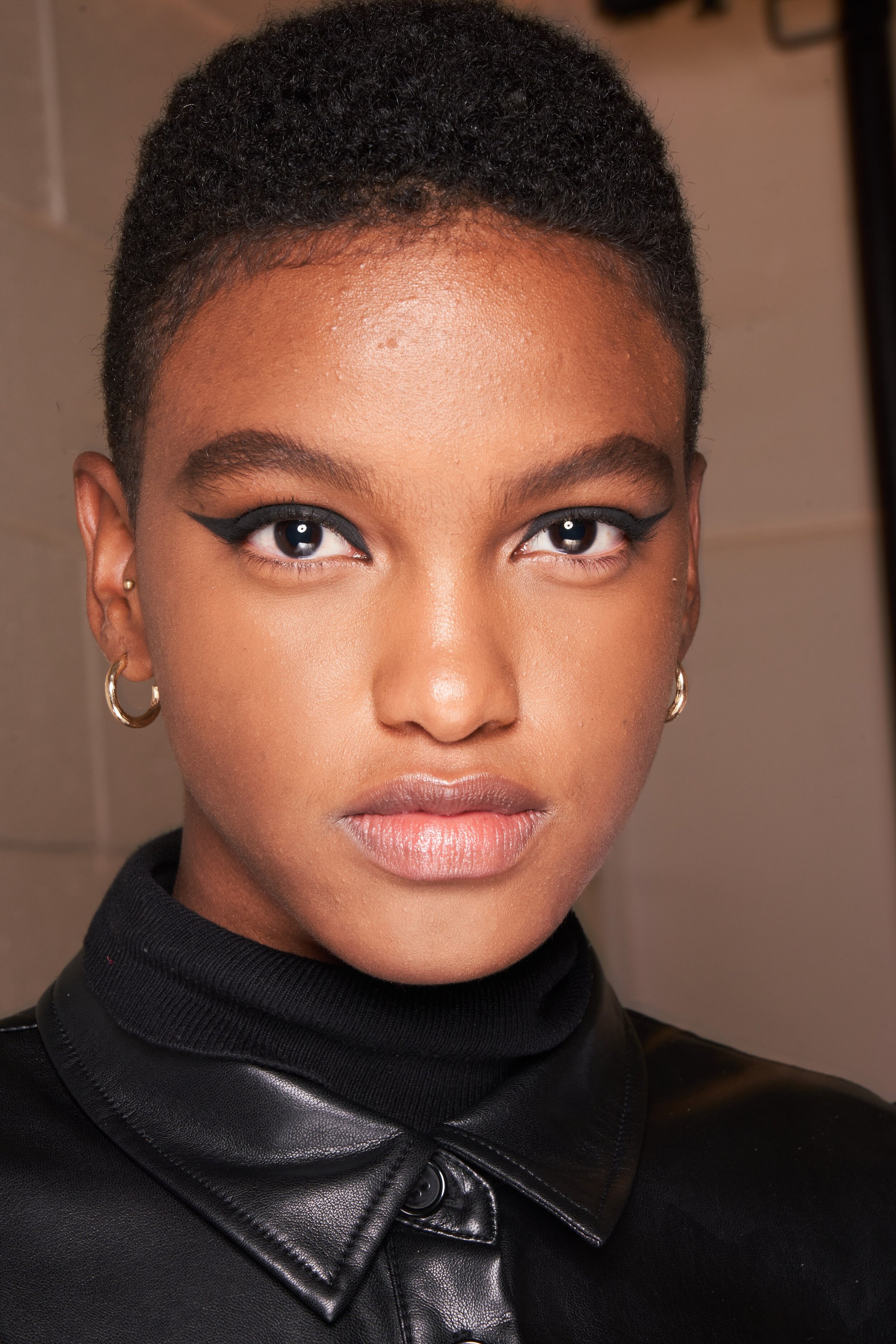
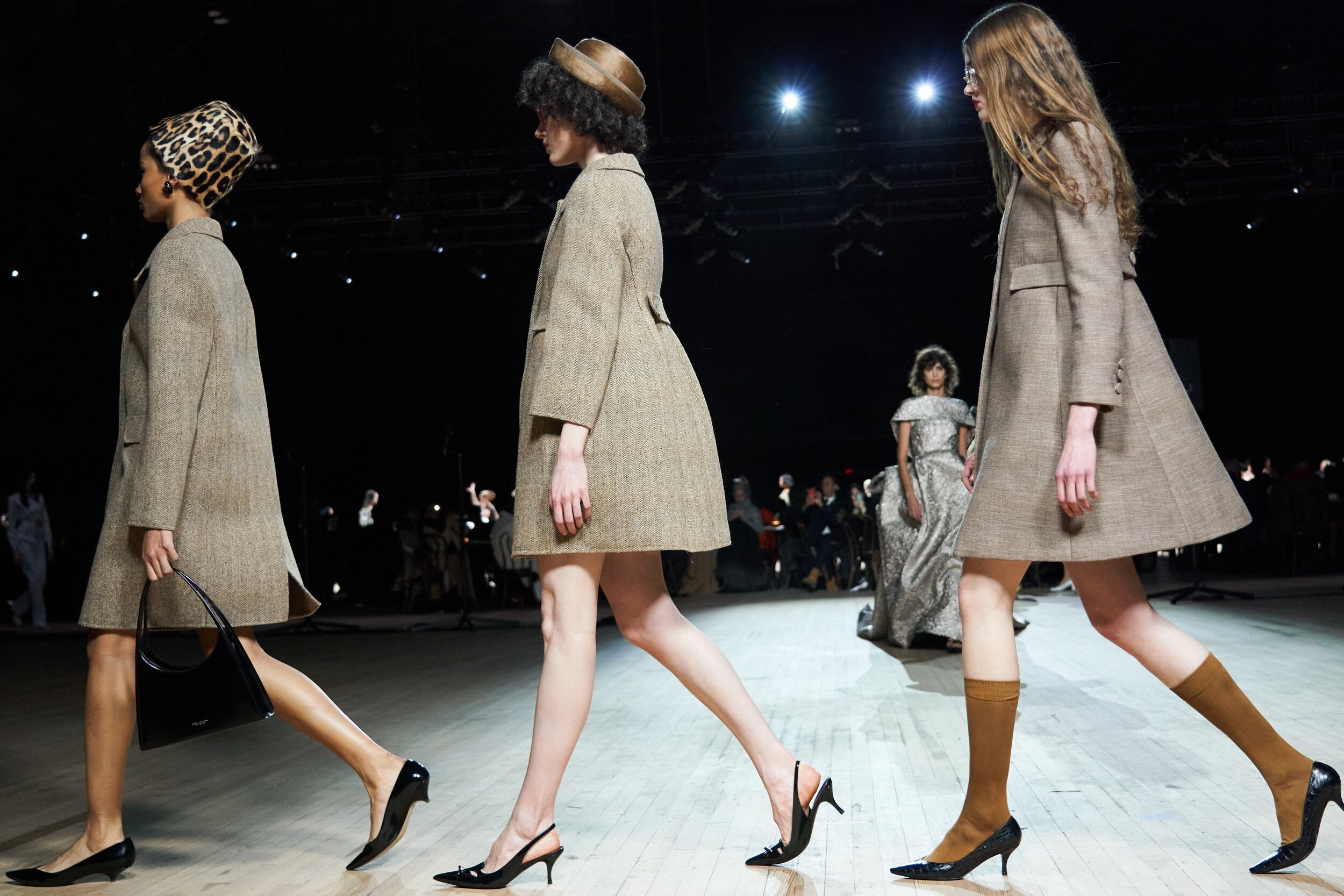
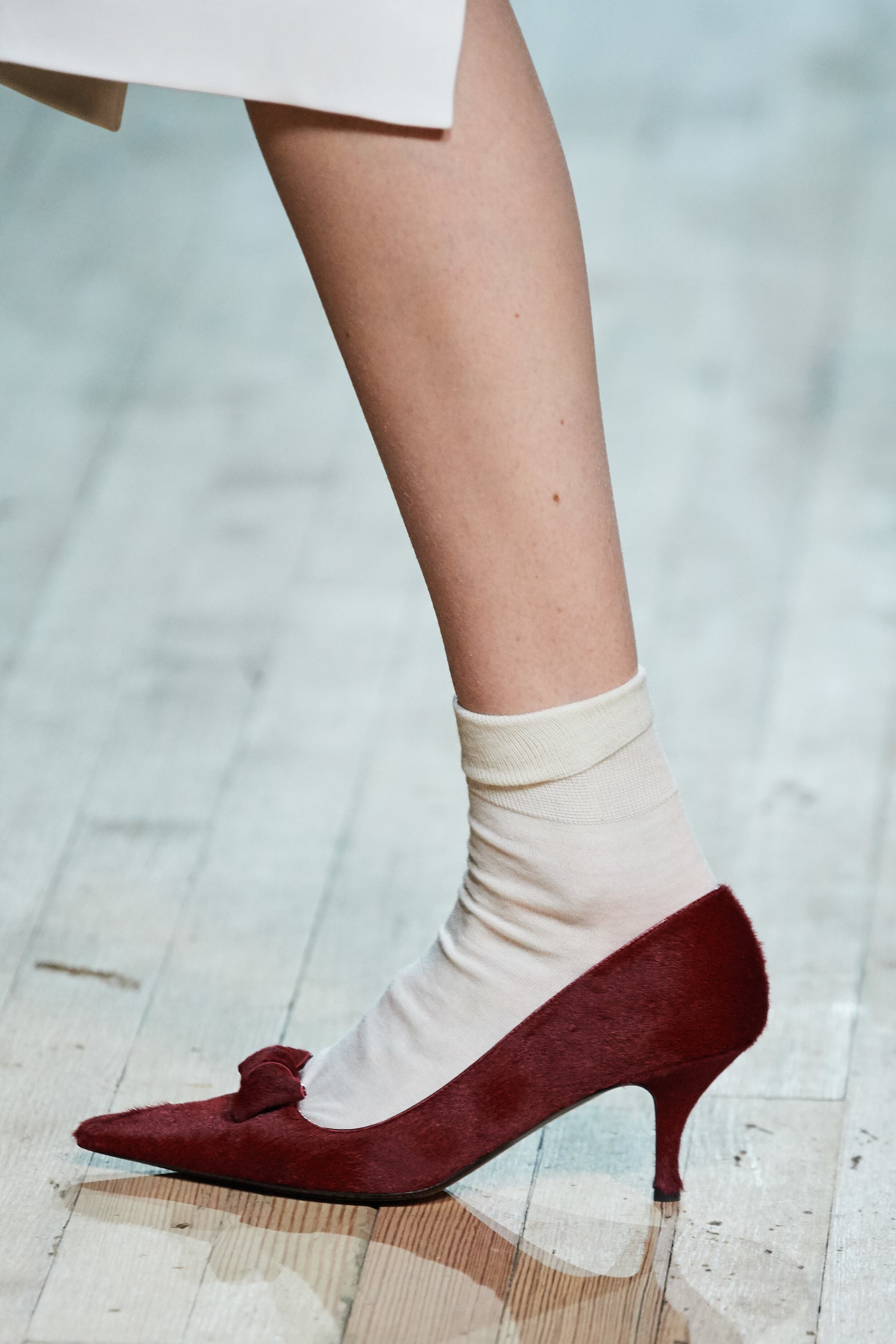

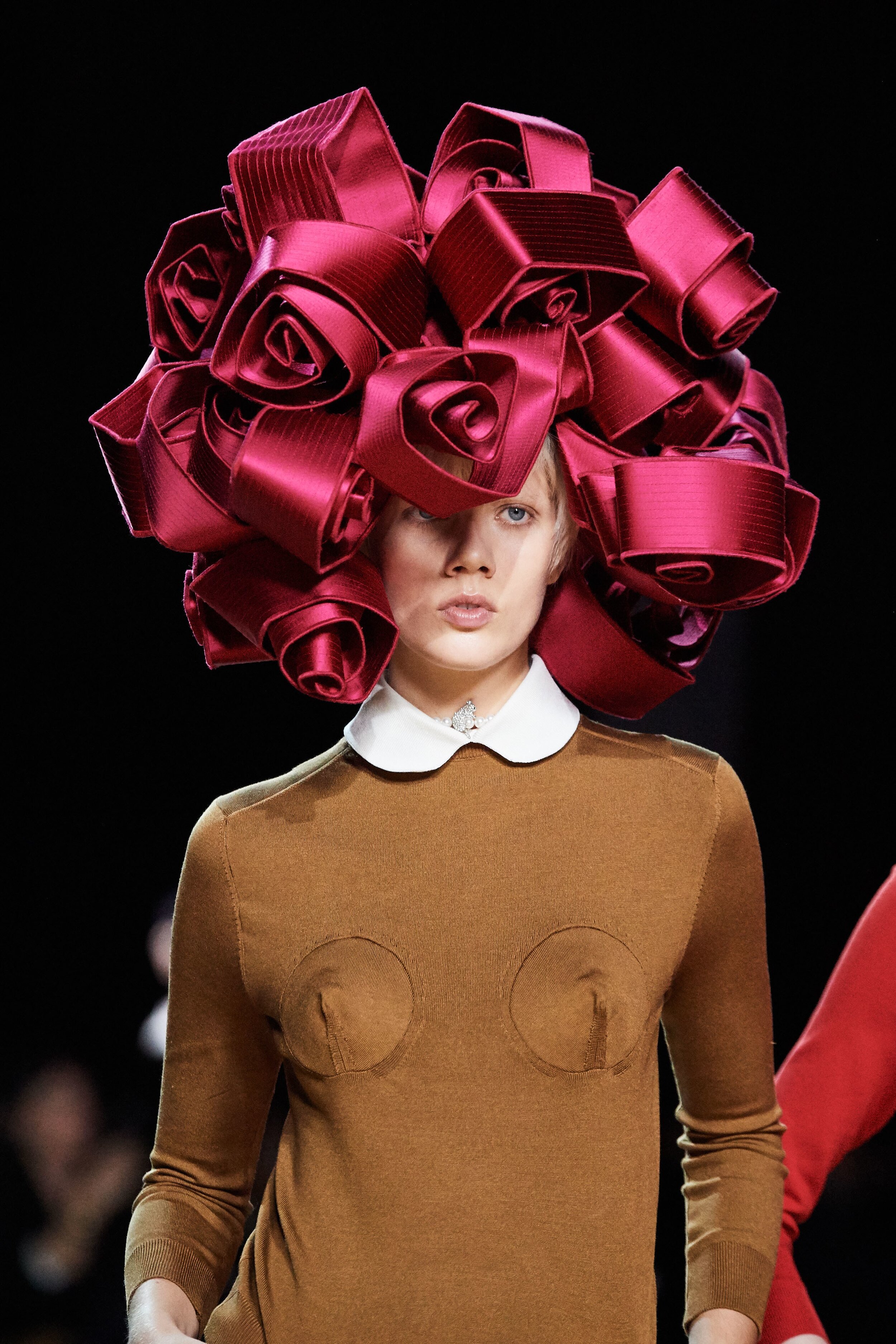

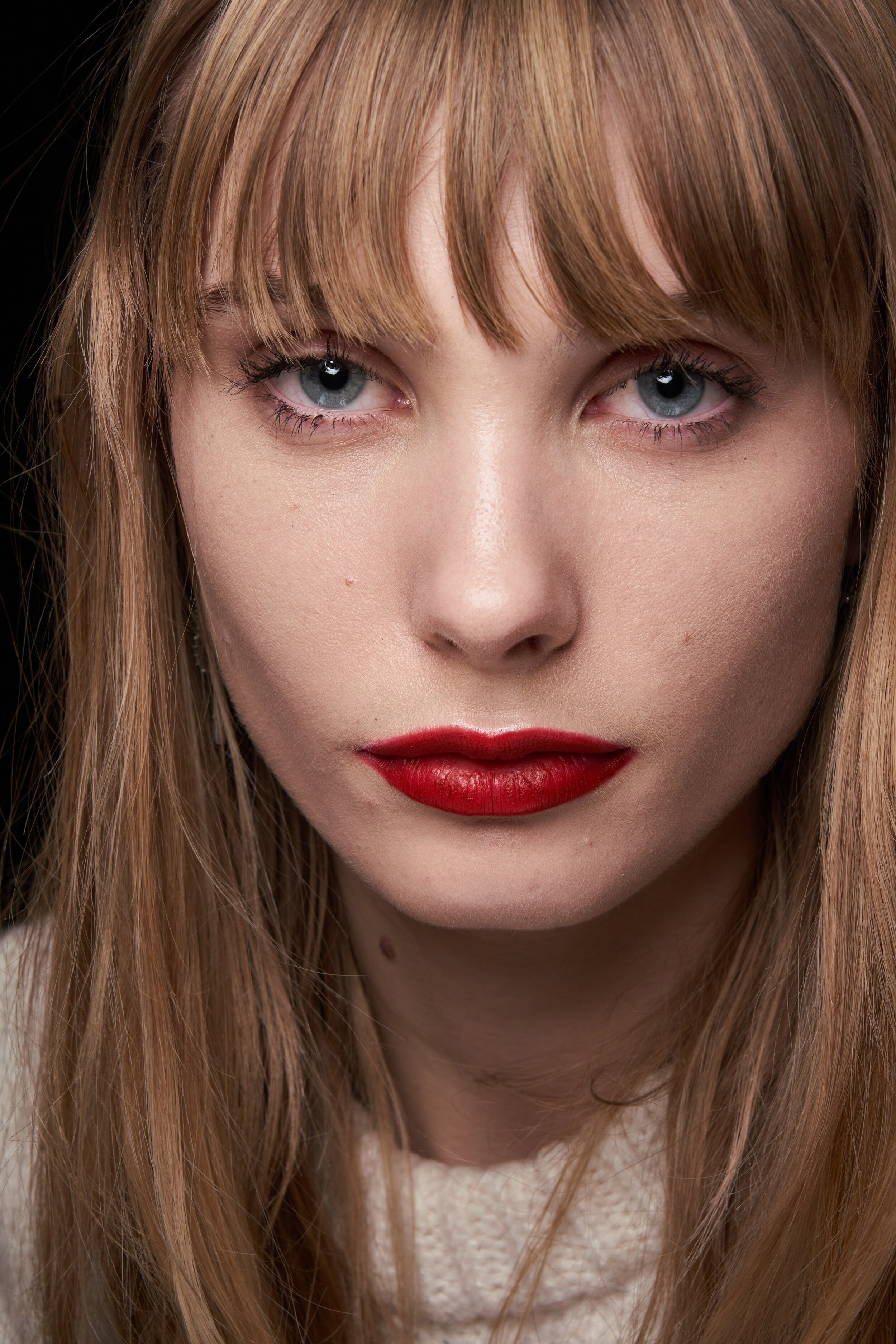
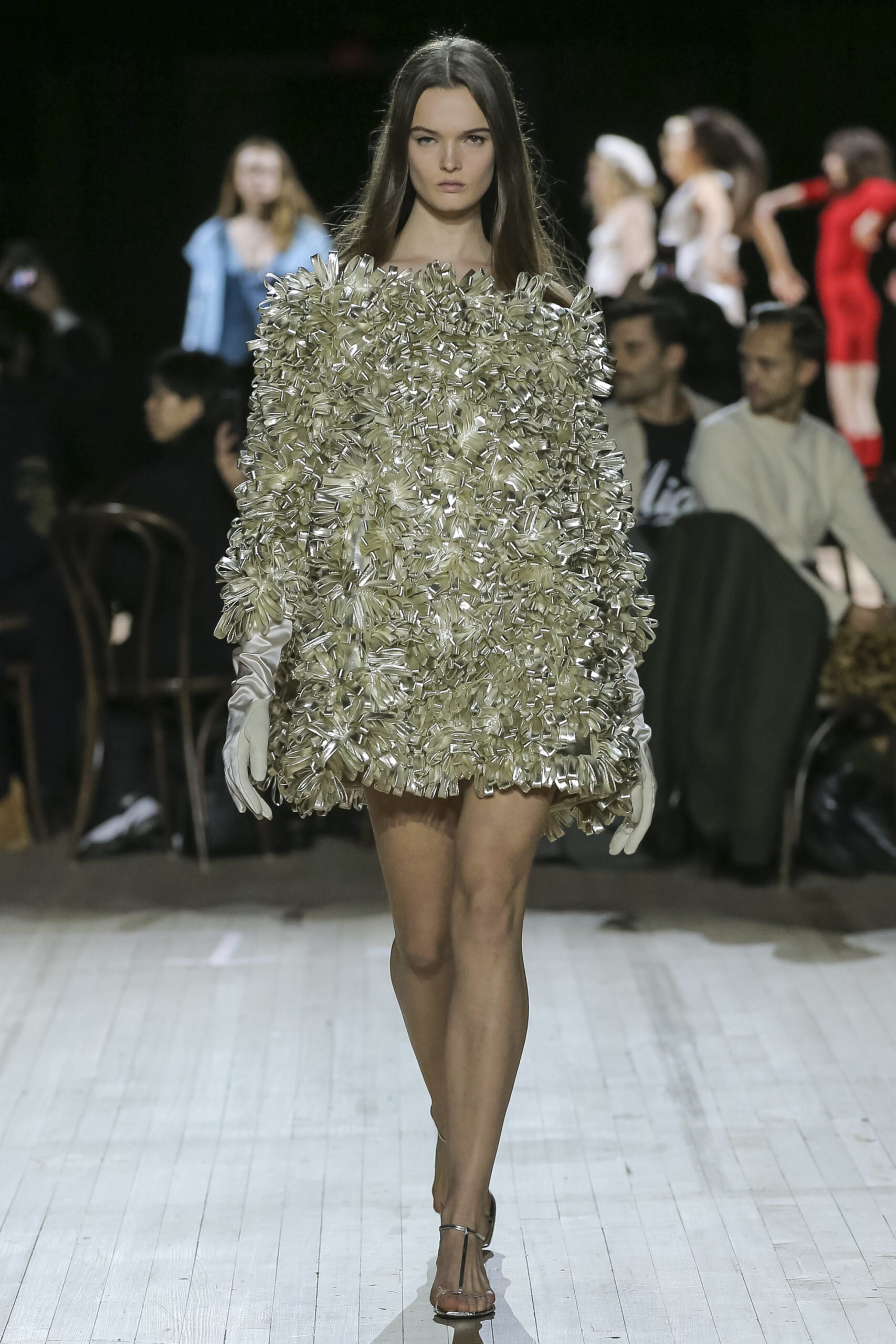
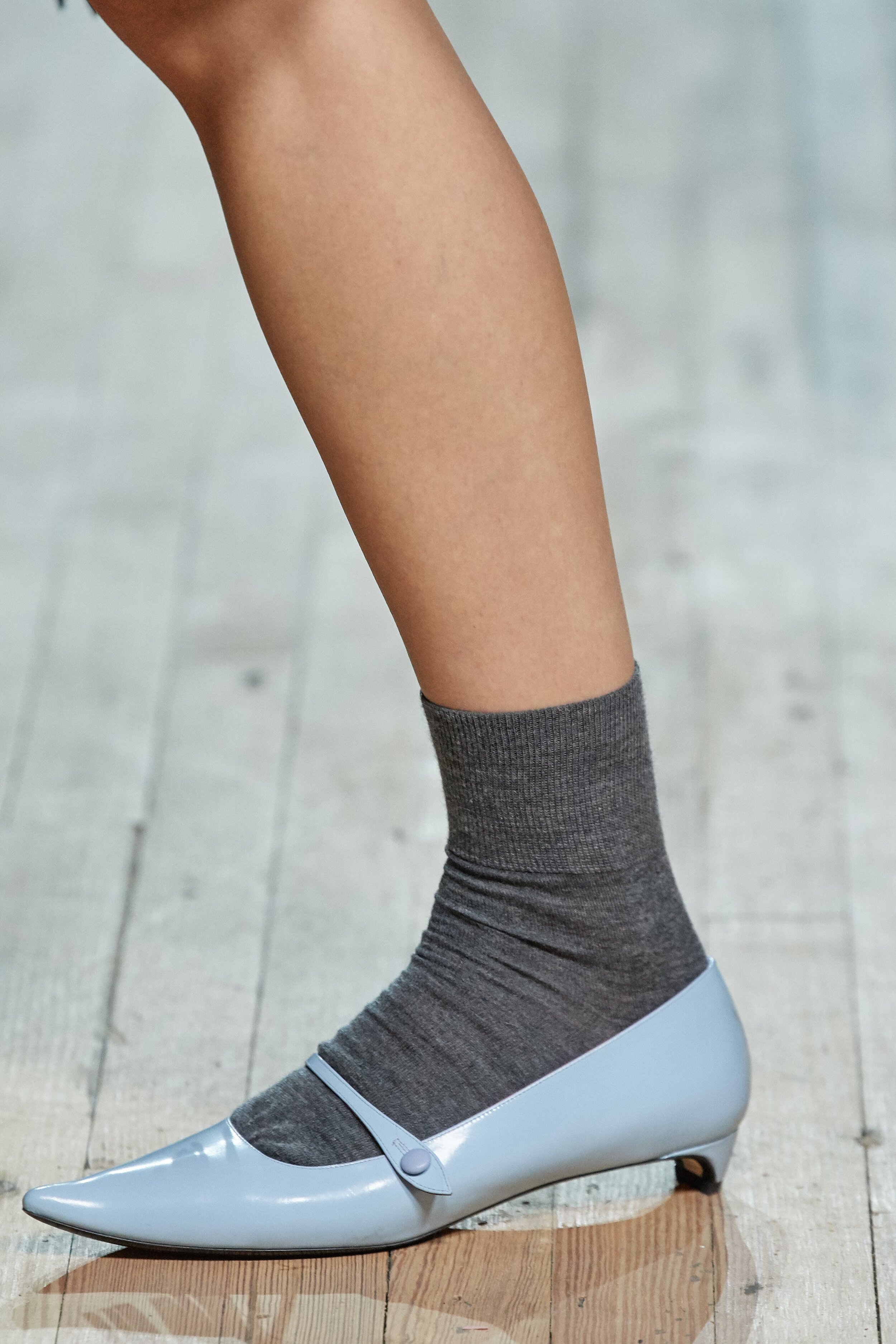
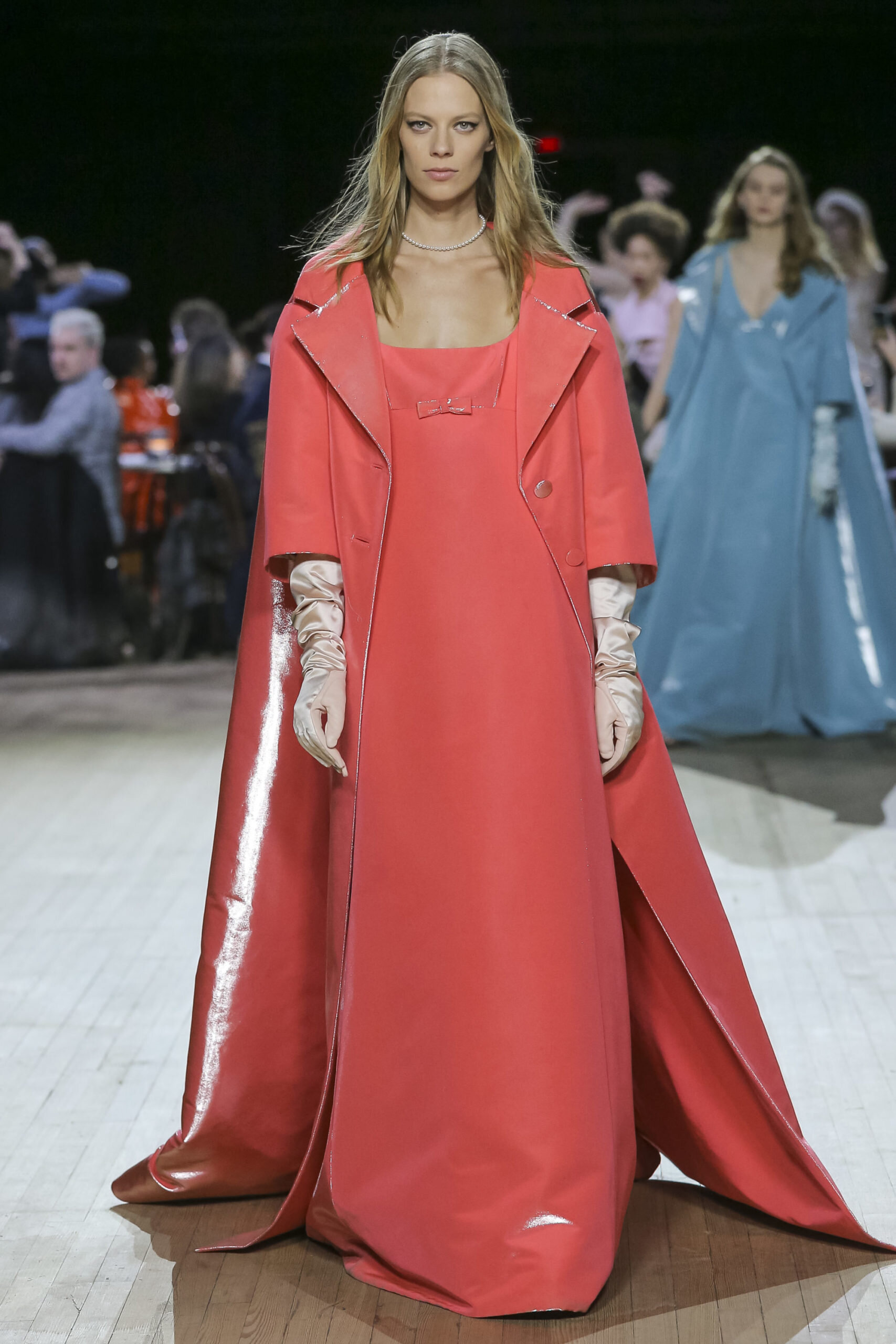










Why the American fashion capital and its millennial consumer seem to be obsessed with nostalgia, how The Row outdid itself again, and the controversial element in Raf Simons’s looks…